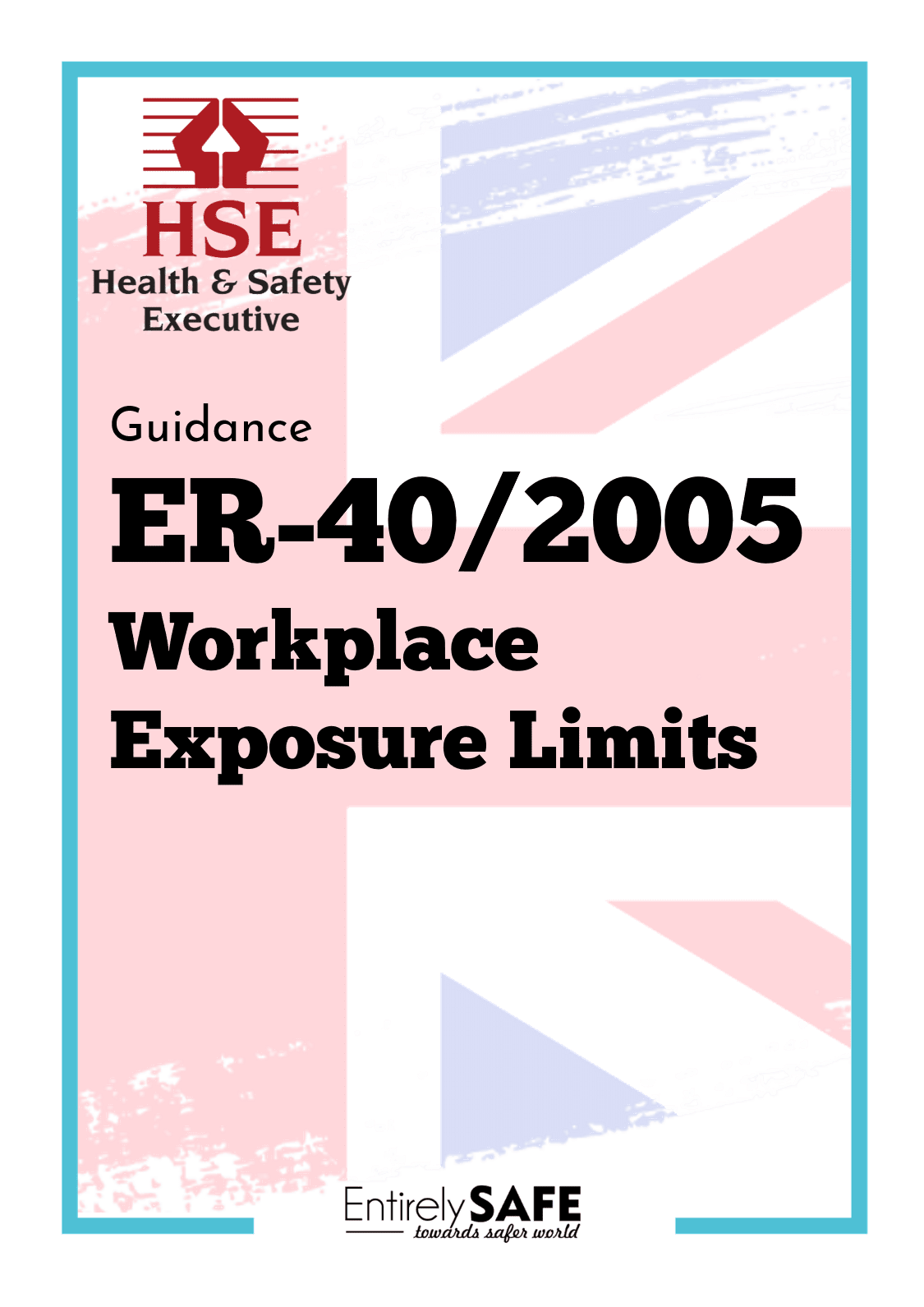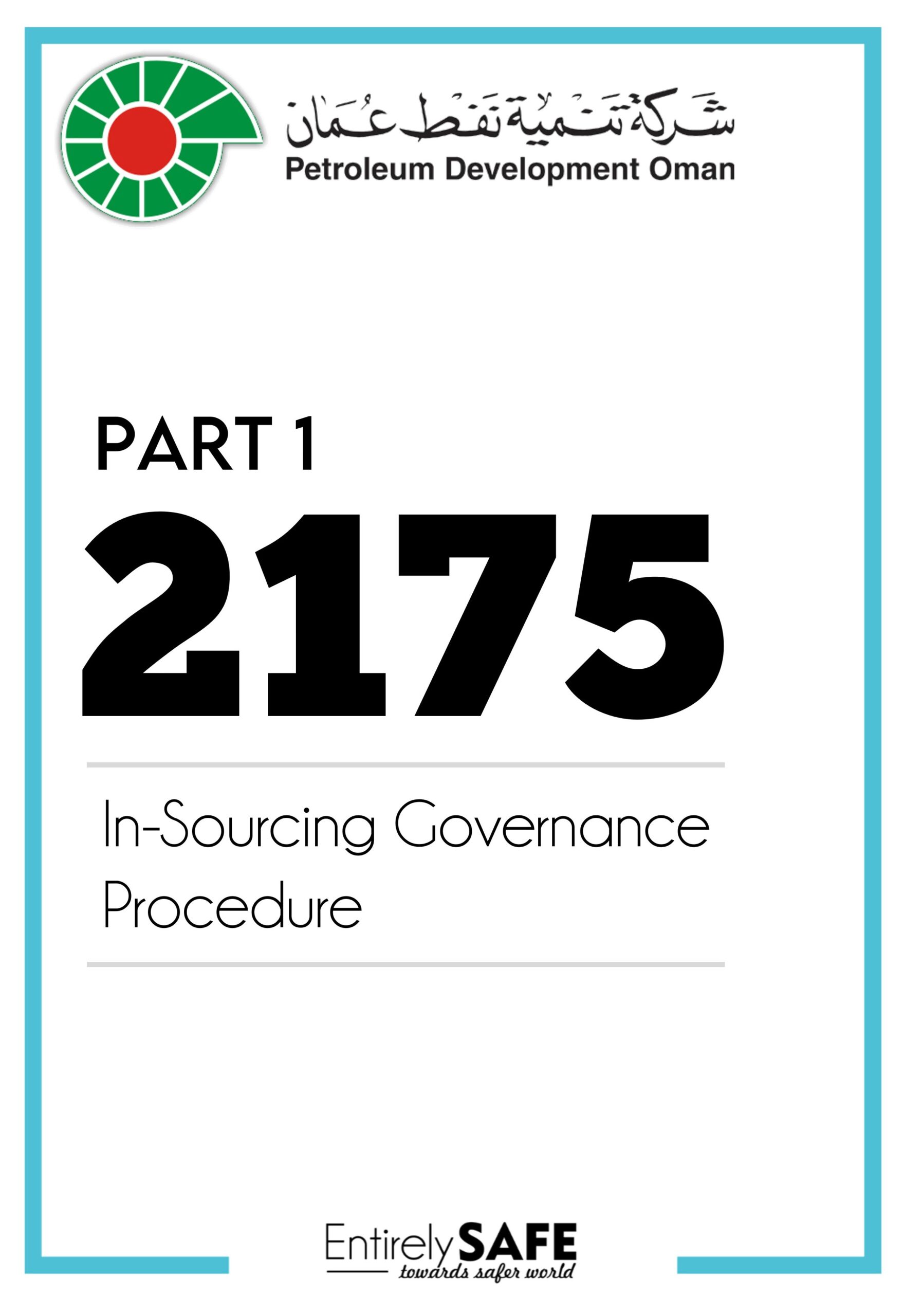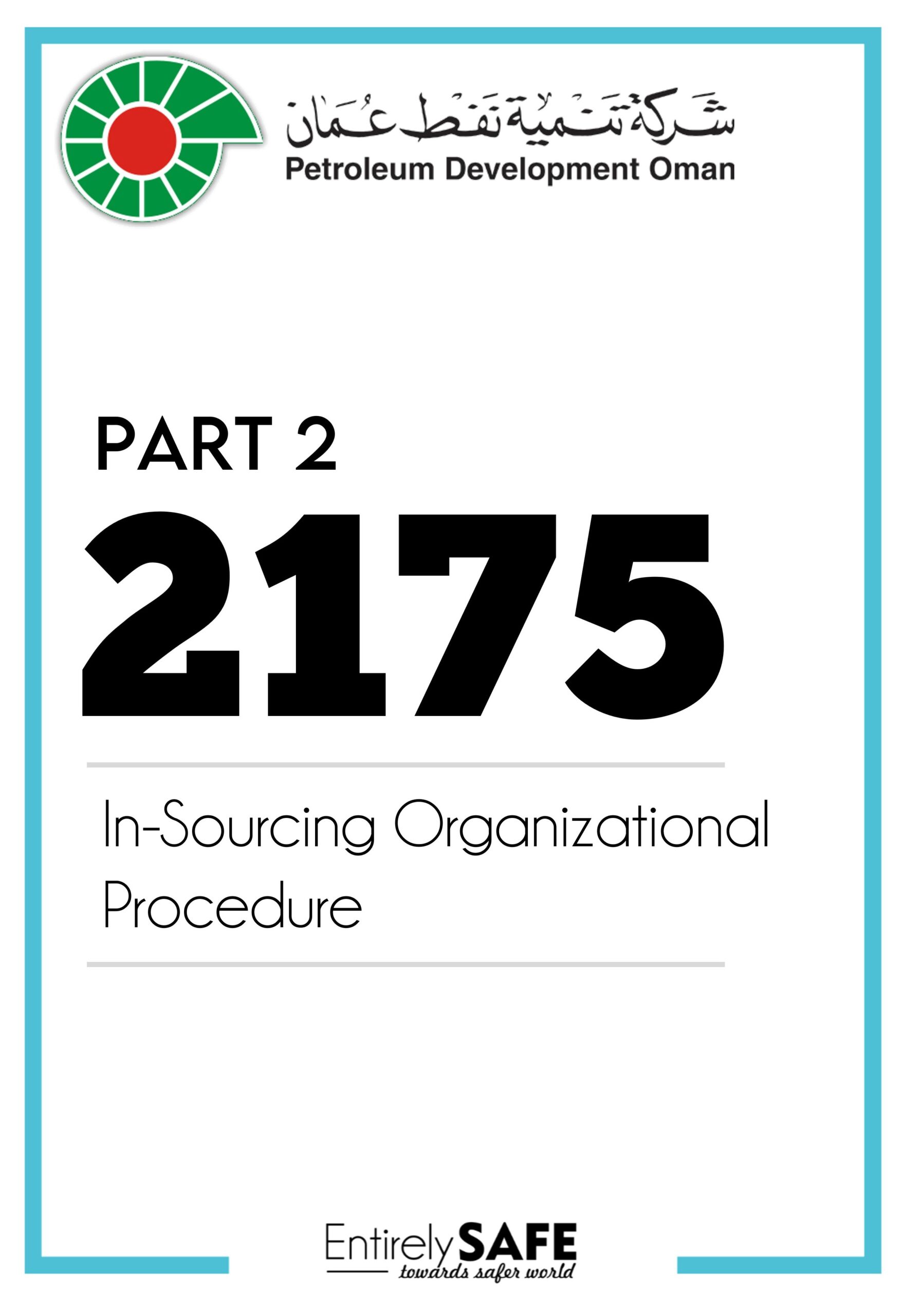Workplace Exposure Limits EH40/2005
Printed in the United Kingdom for The Stationery Office.
EH40/2005 contains some material that is legally binding. The Control of Substances Hazardous to Health Regulations 2002 impose requirements by reference to Table 1 of EH40/2005 and the Notices of Approval, which are therefore legally binding. Thus, if Table 1 or the Notices of Approval apply to your work activities, health and safety inspectors will expect you to
be complying with these requirements and will, if necessary, take appropriate enforcement action.
The remainder of EH40/2005 is guidance.
This guidance is issued by the Health and Safety Executive. Following the guidance is not compulsory and you are free to take other action. But if you do follow the guidance you will normally be doing enough to comply with the law. Health and safety inspectors seek to secure compliance with the law and may refer to this guidance as illustrating good practice.
Why
Many people are exposed to a variety of substances at work (eg chemicals, fumes, dust, fibers) which can, under some circumstances, have a harmful effect on their health. These are
called ‘hazardous substances’. If exposure to a hazardous substance is not properly controlled it may cause ill health in a number of ways. The substance may cause harm by:
- too much being taken into the body through breathing;
- being absorbed through the skin;
- being swallowed; or
- acting directly on the body at the point of contact, eg the skin.
Some illnesses caused by exposure to hazardous substances in the workplace (occupational diseases) may not appear until a long time after the first exposure. Therefore, it is important to
know in advance how to protect the health of people working with hazardous
ID:
302
Version:
4
File Type:
Size:
0.7 Mb
Organization:
HSE ORG UK
Published:
2020
Country:
United Kingdom
Type:
Guideline
Pages:
61 pages
Language:
English [EN]








